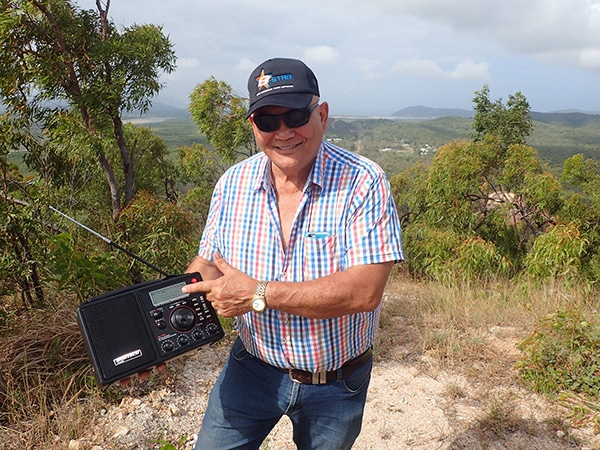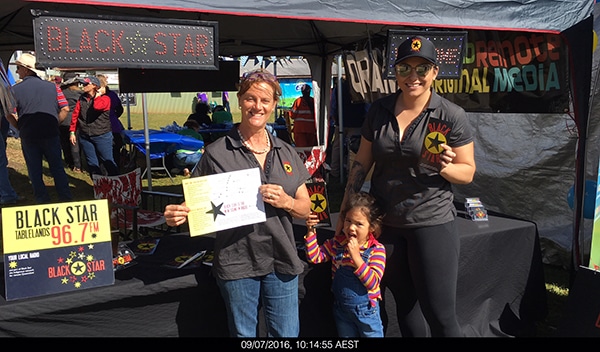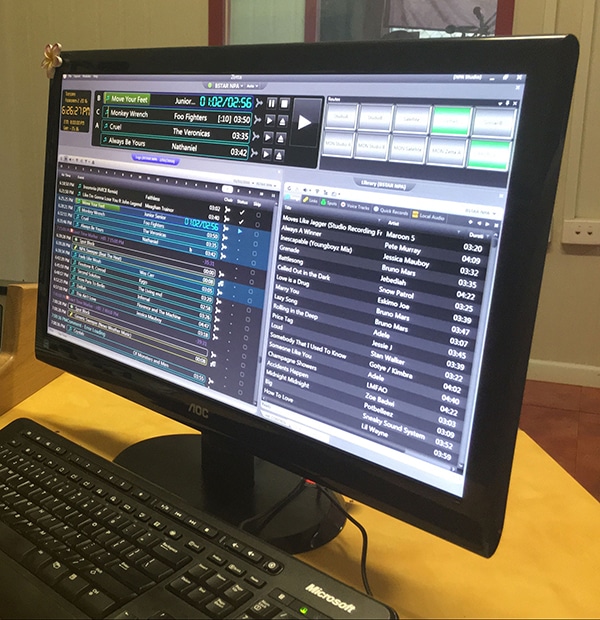

When we learned there’d be a new radio station in the Australian Outback, we didn’t immediately think of modern IP audio gear. Rather, we imagined backpacking in military-issue gear with sensible metering and saucers for knobs.
Which is odd because we pretty much think about IP audio all the time.
But we are talking about Cooktown after all, one of the last frontiers nestled in the hills just above the rainforest in the Queensland Outback. Cooktown gets its name from the notorious Captain James Cook, who arrived there after his ship ran into the Great Barrier Reef nearby. This small community of 5,000 people, many of them members of the Guugu Yimithirr aboriginal tribal nation, has one road into it – when weather permits.
Cooktown happens to be in one of the more active cyclone regions in the world.

To say that the area in and around Cooktown is inhospitable to broadcast media is an understatement, but that didn’t stop Queensland Remote Aboriginal Media (QRAM) from building a transmitter site on Mount Tully and installing what is believed to be the first remote transmission site in Australia operating from an all-digital backend platform. With the technical help of Agile Broadcast, the station went on the air on 96.9 FM last month with a WheatNet-IP audio I/O BLADE and RCS Zetta playout system into a Nautel VS transmitter atop Mount Tully, all of which is networked to the group’s main hub studio about 325 km away in Cairns where programming originates. “When we shut that door and walk away from the transmitter, we don’t know how long it’s going to be before we get back there again. We spent two years researching the equipment,” says Gerry Pyne, the General Manager of QRAM, which has a reputation for keeping information and programming going during local emergencies.
QRAM has more than a dozen other sites in the remote regions of Australia that are part of its Black Star radio network, an AC/CHR format originating from Cairns and piped to each site by way of a virtual private network out of Sydney. QRAM inserts local programming, often voicetracked from Cairns, as well as separate spot loads and weather reports targeting each.
For many in these remote communities, Black Star is the only local-interest radio service for miles around and the only voice in the event of an emergency.
In the case of Cooktown, television and radio services in the area tend to be satellite delivered, which means that during a cyclone, rain fade often blanks out those services. QRAM uses telecom connectivity instead. It takes advantage of a geographic WAN configuration with programming stored and played at each transmitter, all of which operate autonomously and independently from each other. If this sounds familiar, it’s because we use a similar approach for our WheatNet-IP audio network in that each I/O BLADE at any access point in the network is self-contained and fully autonomous to provide intelligence, redundancy, and system recovery in the event of a failure.
In fact, the I/O BLADE-3 is what provides this same autonomy to QRAM’s new transmitter site on Mount Tully. The BLADE-3 brings in programming from Cairns via IP audio connectivity, which is stored locally at the transmitter site on the mountain and later played back via the RCS Zetta automation system (which uses RCS’ remote replication technology). The BLADE-3 and Zetta system are tightly integrated and able to exchange commands easily because of Wheatstone’s ACI protocol. Should Mount Tully lose Internet connection for a day or two days, the station is able to continue broadcasting as usual. Moreover, the BLADE-3 also has an audio clip player onboard where emergency programming is stored. Failover to the player is automatic in the event that the WheatNet-IP audio system detects silence.
ORIGINALLY PUBLISHED ON THE WHEATSTONE WEBSITE